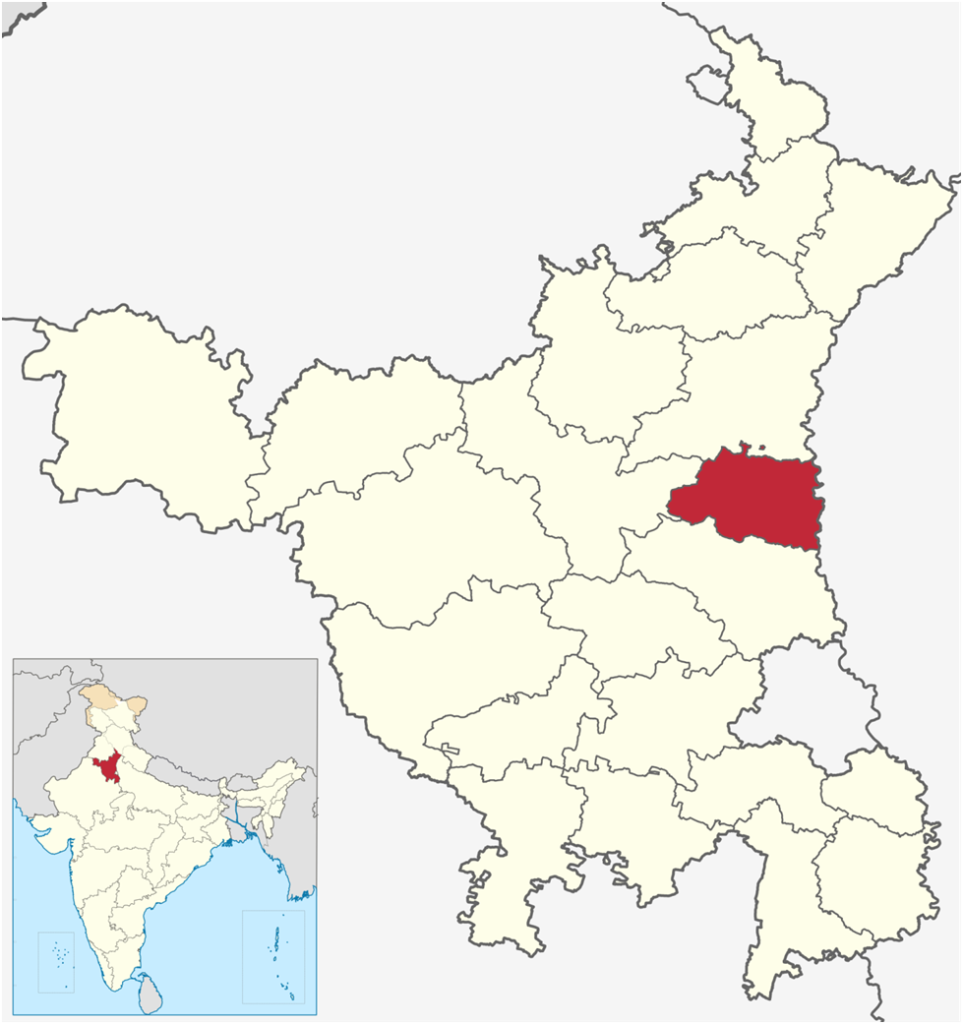
Panipat and its adjacent region, located in present Haryana on the banks of the Yamuna and between the fertile plains of the Ganga and Indus rivers, have witnessed several battles. These battles changed the course of Indian history at different points of time.
Must read: The Battle of Plassey
First Battle of Panipat
The first Battle of Panipat in 1526 was between Babur and Ibrahim Lodi. The result of the battle laid the Foundation of Mughal rule in India by ending the rule of the Delhi Sultanate.
Second Battle of Panipat
The Second Battle of Panipat in 1556 was between Akbar and Hemu; it decided in favour of the continuation of the Mughal rule.
Third Battle of Panipat
● The Third Battle of Panipat in 1761 between the Marathas and Ahmad Shah Abdali put an end to the Maratha ambition of ruling over India.
Must read: The Battle of Buxar
Why Panipat was a favourite battlefield?
● Panipat had a strategic location. One of the parties of the war generally came from the north/northwest through the Khyber Pass to get hold over Delhi, the political capital of northern India. To move a military through rough terrains—deserts of Rajasthan or the other northern areas infested with dense forests—was very risky and difficult. On the other hand, the rulers at Delhi considered Panipat as a confrontable strategic ground and hence they preferred to take the fight there.
● Its proximity to Delhi made it easier for the Indian rulers to transport weapons, military, and food supplies, etc., to the battleground, and still keep the capital insulated from the conflict at hand.
● Panipat’s surrounding region has a flat ground which was suitable for cavalry movement—the main mode of warfare at the time.
● After the construction of the Grand Trunk Road by Sher Shah Suri (1540–45), Panipat was on this route. It became easier for conquerors to find their way there.
● The duration of monsoon rainfall in the region is short in comparison to other areas, making it easier to fight.
● The artisans/smiths of the region were experts in making warfare-related materials, and, hence, it became easier for forces of both parties to replenish their war materials.
External link: https://panipat.gov.in/history/
